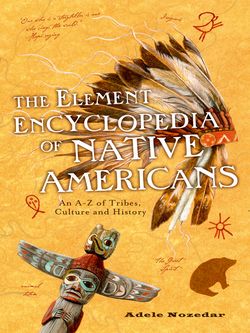Читать книгу The Element Encyclopedia of Native Americans: An A to Z of Tribes, Culture, and History - Adele Nozedar - Страница 109
CHIEF
ОглавлениеThe overall leader of a tribe. In many tribes, the position of chief was, as with European royalty, a hereditary one. In other tribes, however, the position of chief was given to a man after acts of great courage or as an example of exemplary leadership. Desperate times often gave men the opportunity to prove themselves. During war, if one man stood out from the others as being both a warrior himself and also capable of leading others to be warriors, he was called a war chief; Black Hawk is a good example. In circumstances like this, the original chief of the tribe, the civil chief, would resign his position so that the man more able for the wartime role could step into the position of leader.
The Iroquois had a system of making sure their chiefs were exceptional men: when a chief died, his shoes were not filled automatically. They were happy to wait until the right man came along at the right time. Unlike captains or generals, or kings, the chief had no automatic right to be obeyed, and following him was a voluntary act. Some of the Plains tribes had a system whereby a man could put himself forward for the position of chief.
There were many different types of chief who would all sit together to make decisions on behalf of their people at a tribal council.
Although, as has been mentioned, chiefs did not have the same rights or powers as Western kings, the man at the top of a powerful tribe might be labeled as such. The Europeans would sometimes give Native American rulers titles that would mean something familiar to other Europeans. Hence Pocahontas was described as a princess when she was presented in England, and her father was referred to as a king.
